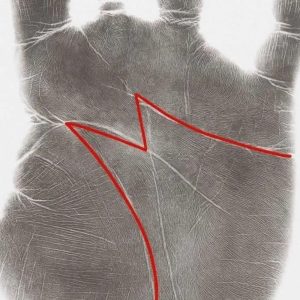The internet: a vast library of information, a source of endless entertainment, and a potential rabbit hole of disturbing content. Sometimes, that perfectly innocent search query can lead you down a path you never intended. We’ve all been there. You type in a seemingly harmless word, and suddenly, you’re bombarded with graphic images or unsettling information. This blog isn’t here to explicitly tell you what not to Google (curiosity can be a powerful force), but we can offer a cautionary guide and highlight some common search regrets. Of course, we won’t be using any of the real images that come up as a result.

This seemingly innocuous term, referring to the immature form of insects, can take a turn for the worse. A Google search might unearth images of parasitic larvae burrowing into unsuspecting hosts or detailed descriptions of infestations. Unless you’re an entomologist with a strong stomach, this is a search best left undone.
Krokodil: A Devastating Downward Spiral

This isn’t your average reptile. Krokodil is a homemade, highly addictive drug with horrific side effects. Searching for information on Krokodil will expose you to images of rotting flesh and gangrene – a stark reminder of the dangers of substance abuse.
Degloving: Not for the Squeamish

The word itself sounds unpleasant, but the reality is far worse. Degloving refers to the partial or complete avulsion of skin and underlying tissues. A Google image search will return graphic results that are difficult to unsee. Trust us, there are better ways to spend your internet time.
Fournier: A Medical Term Best Left Unsaid

There’s a reason medical professionals use specific terminology. Fournier’s gangrene is a severe necrotizing fasciitis affecting the genitals and perineum. A simple Google search for this term will produce disturbingly graphic medical images. If you have a medical concern, consult a doctor, not a search engine.
Harlequin Icthyosis: A Skin Disease

It is an uncommon inherited skin disorder that affects babies. It causes the skin to become thick, cracked plates that need close attention. There used to be a dismal survival rate for infants with this illness.



